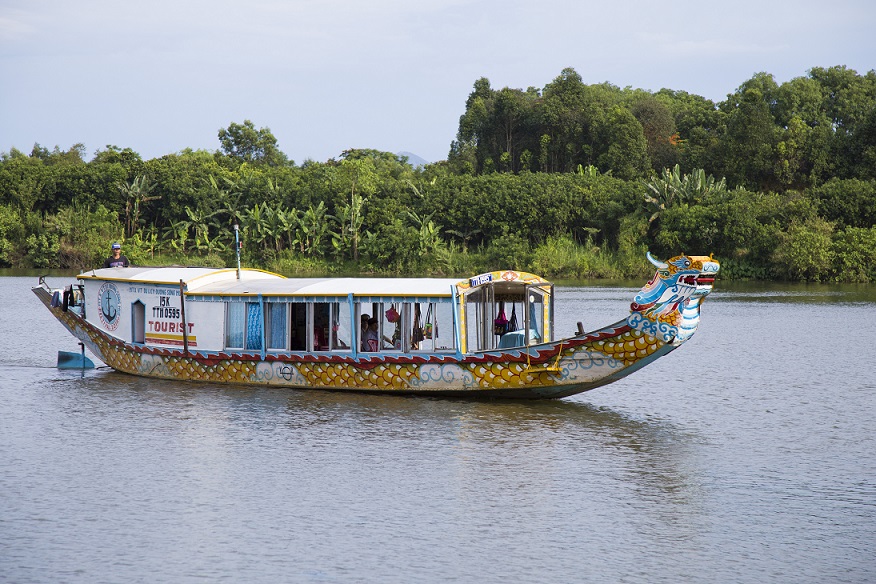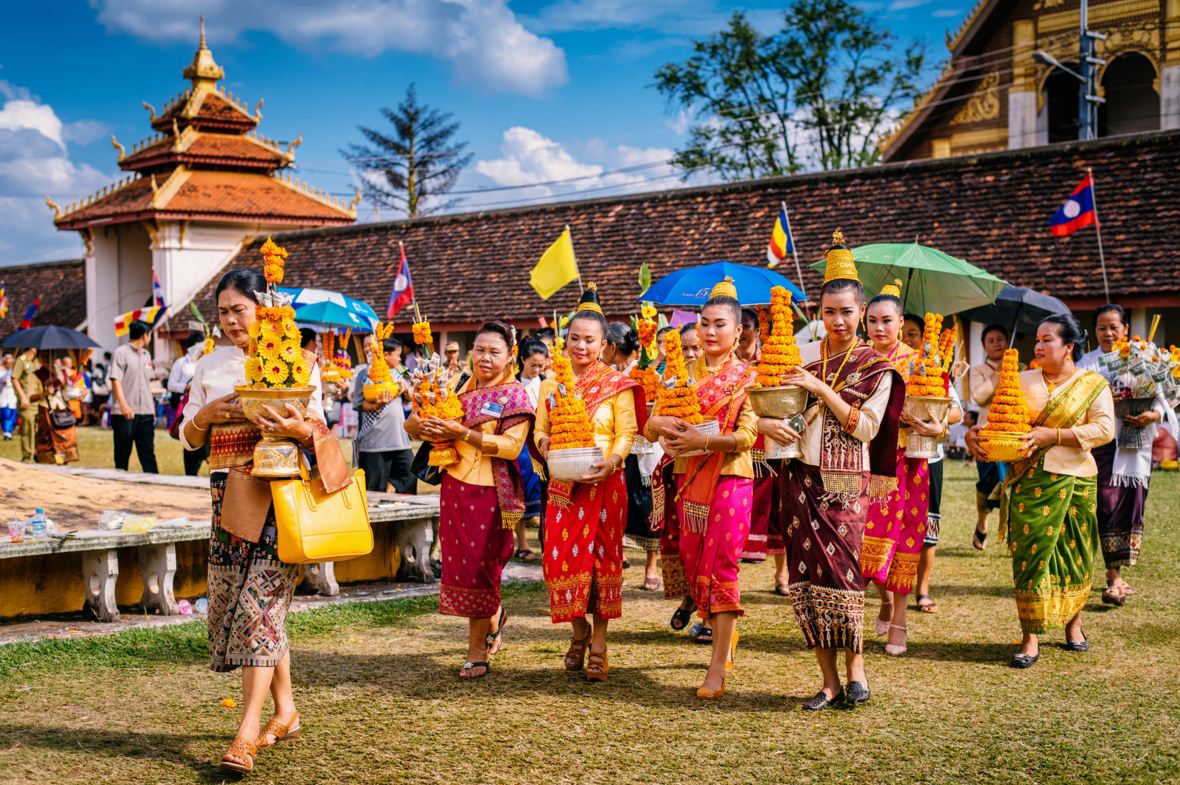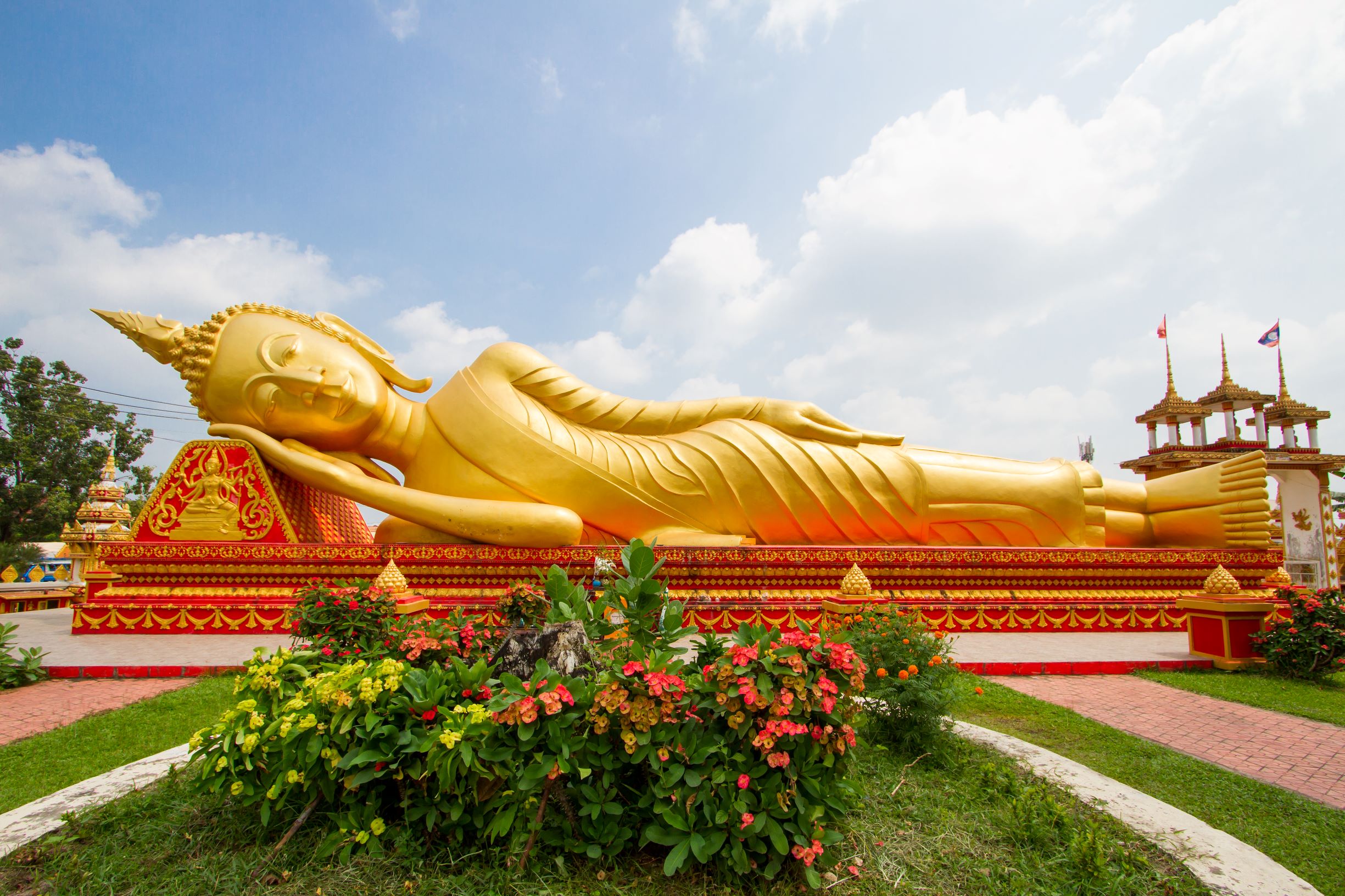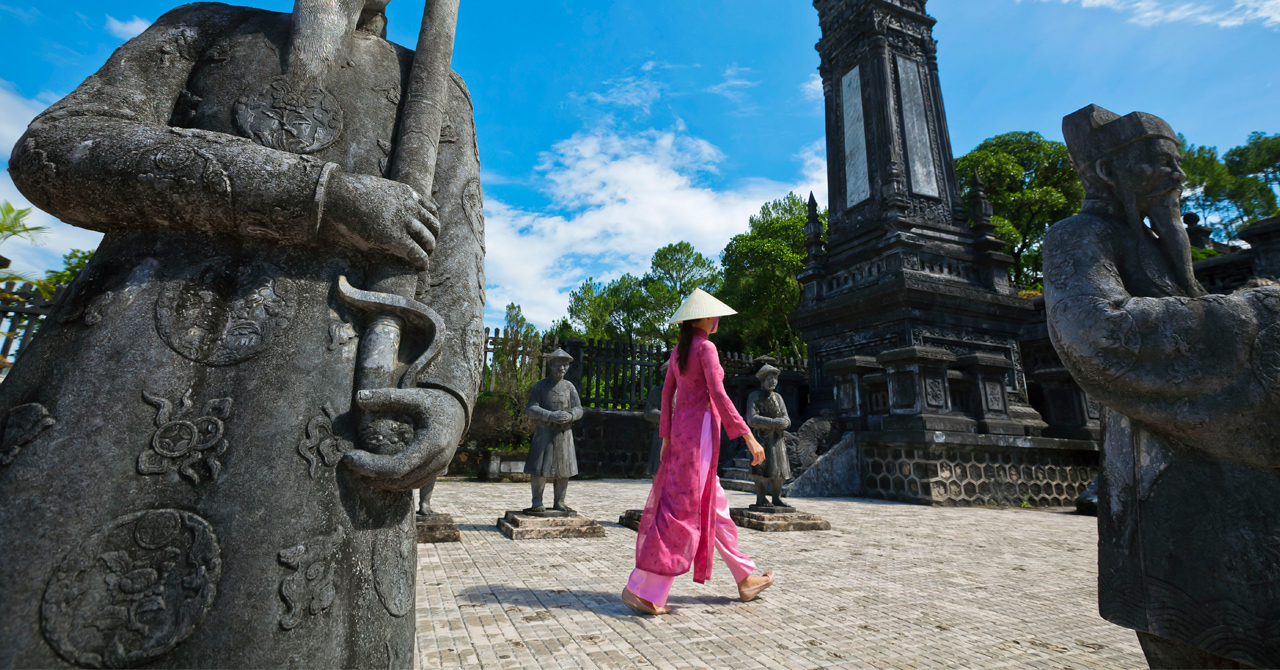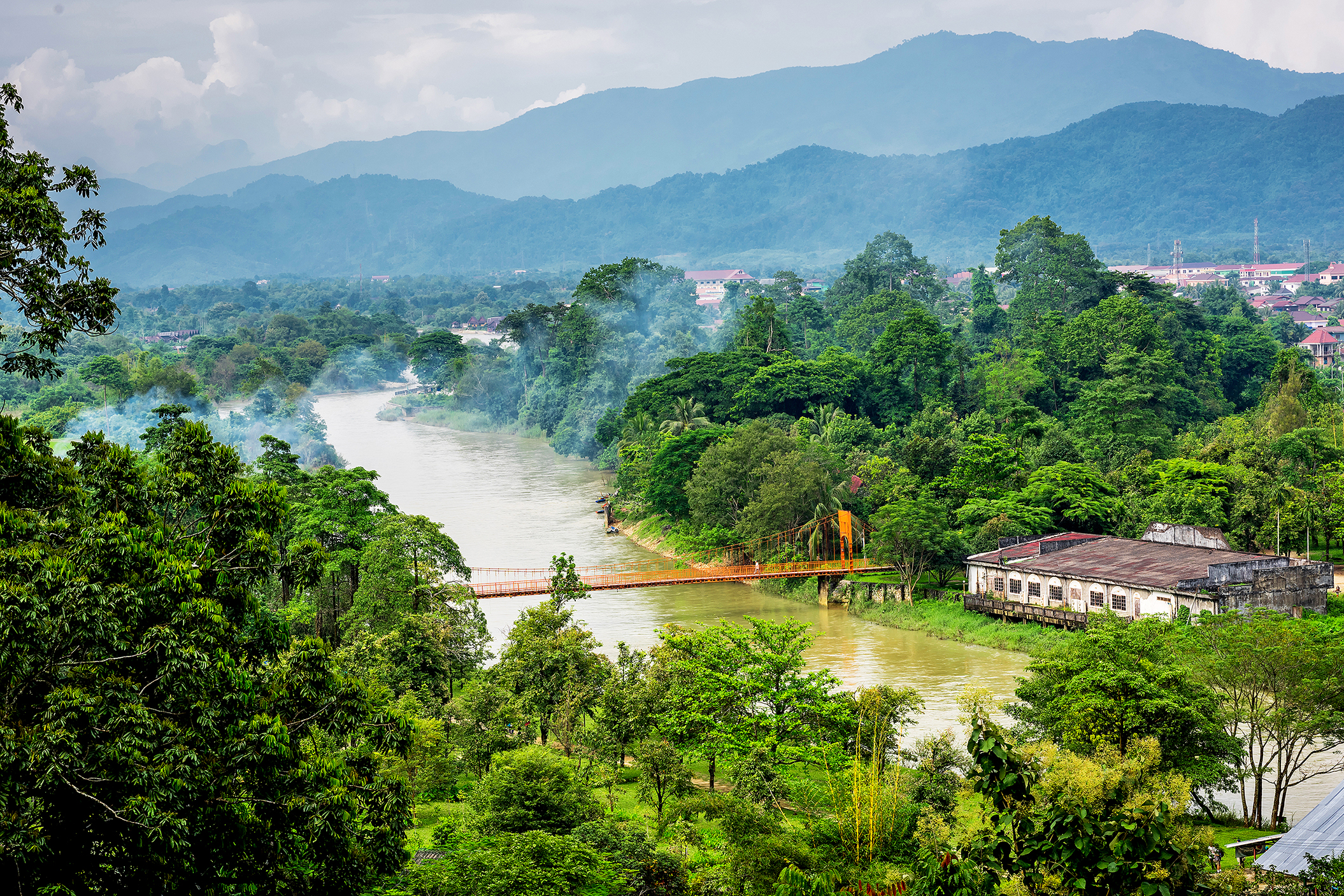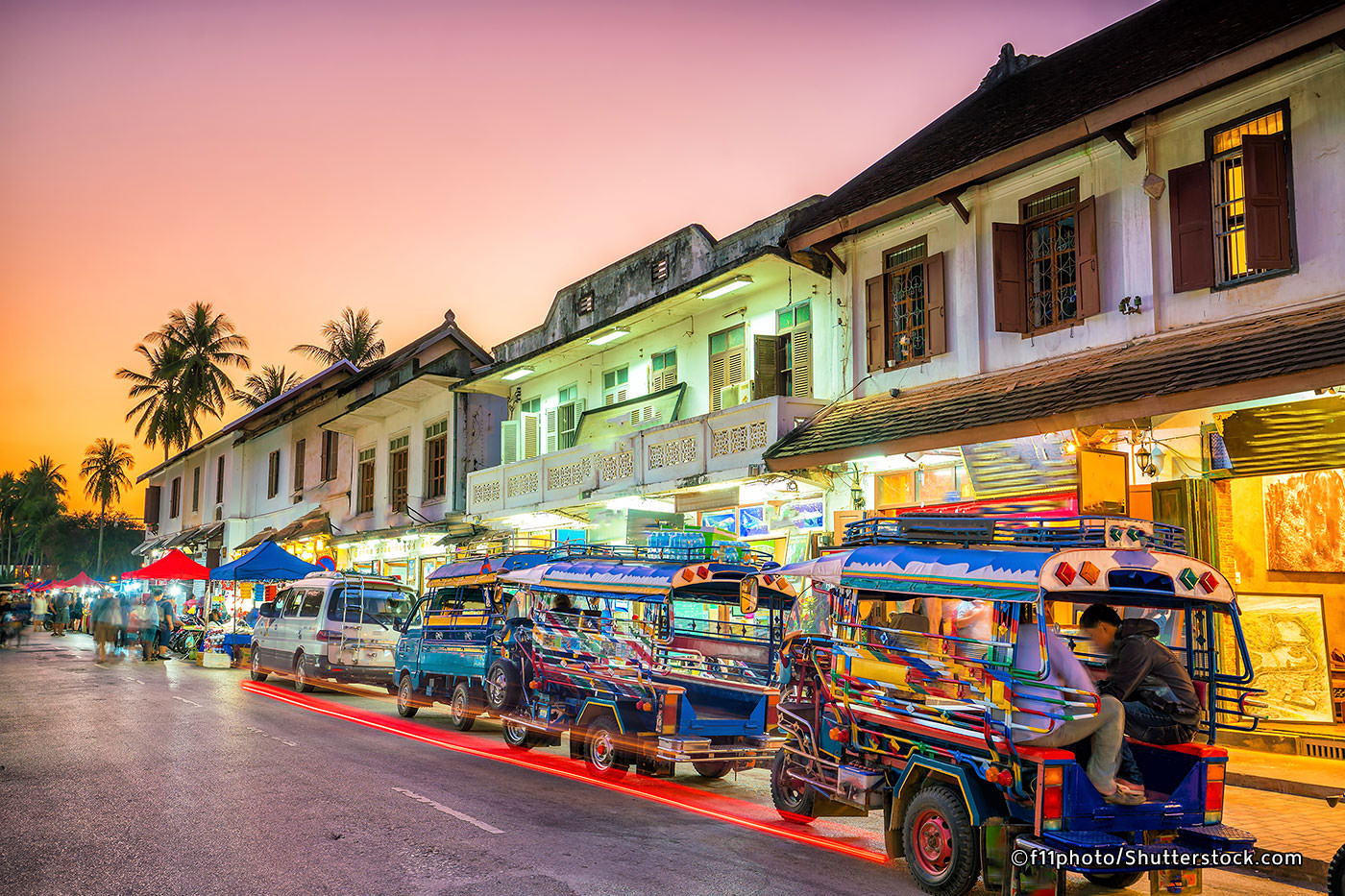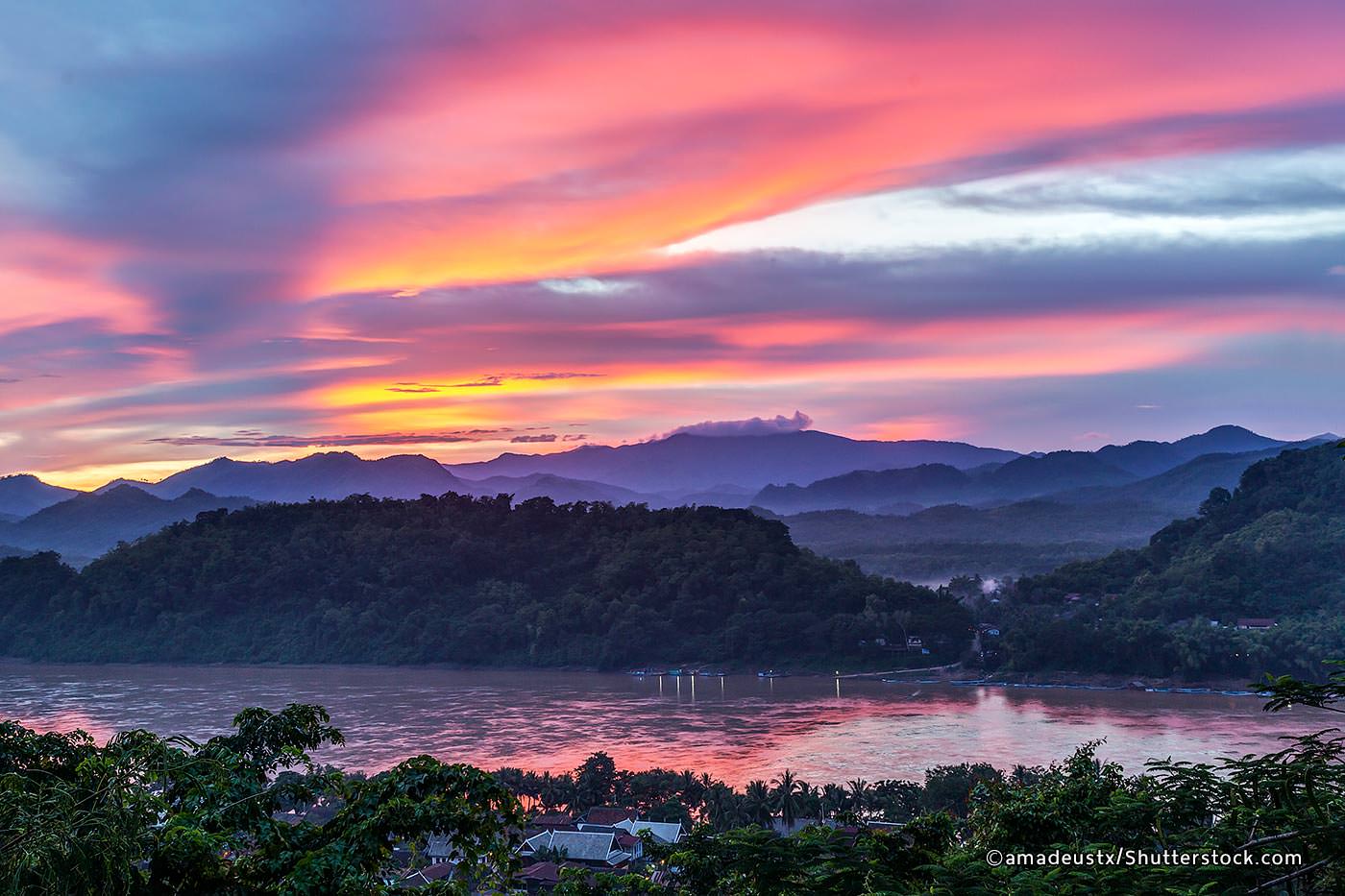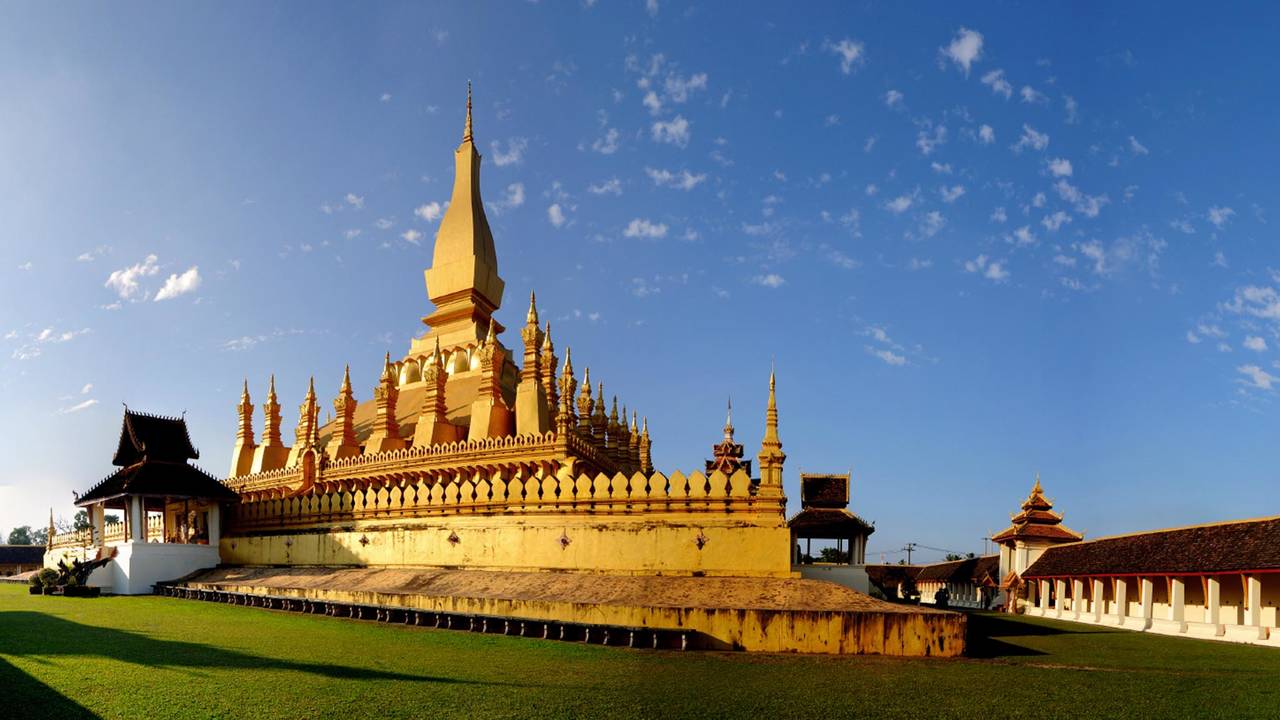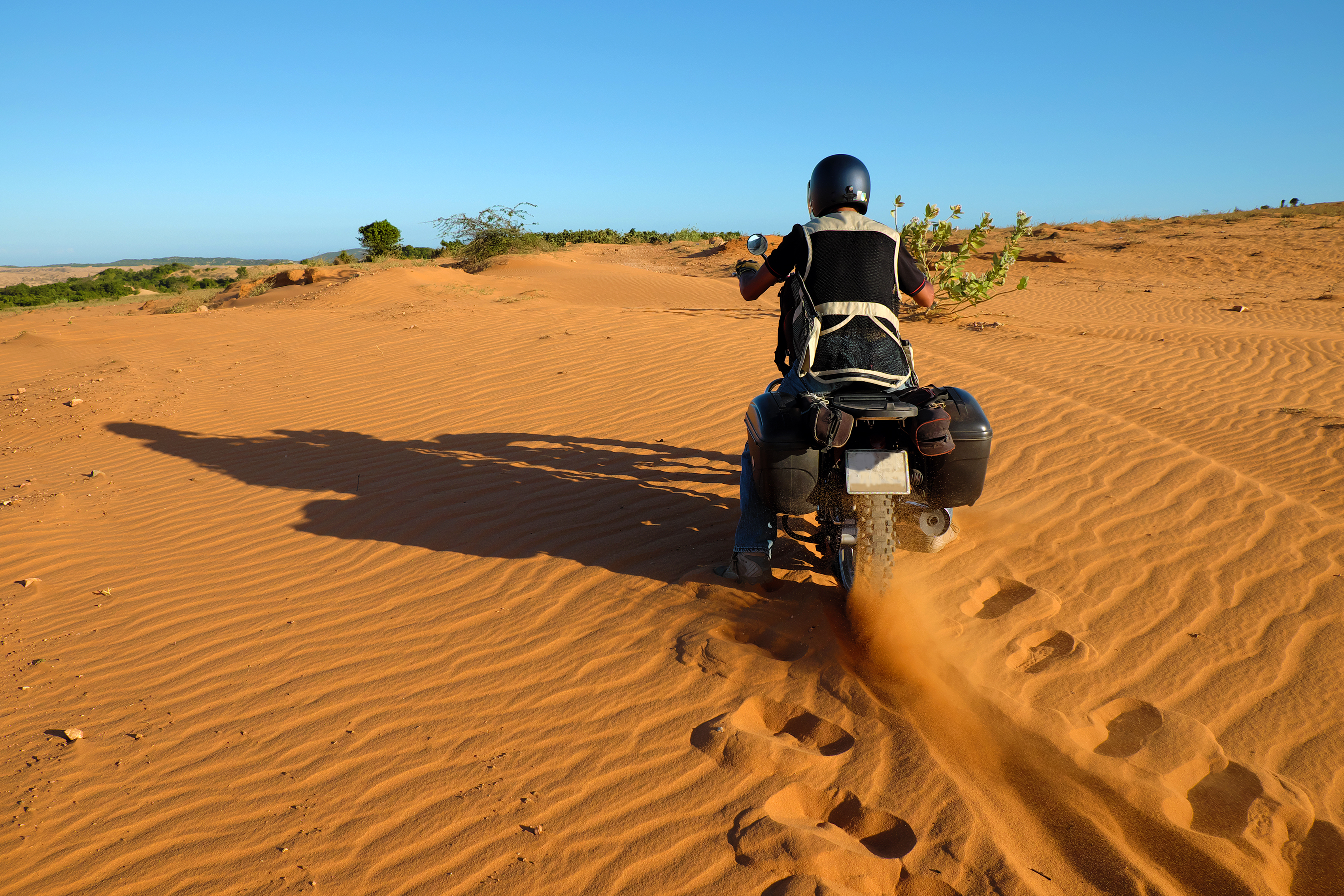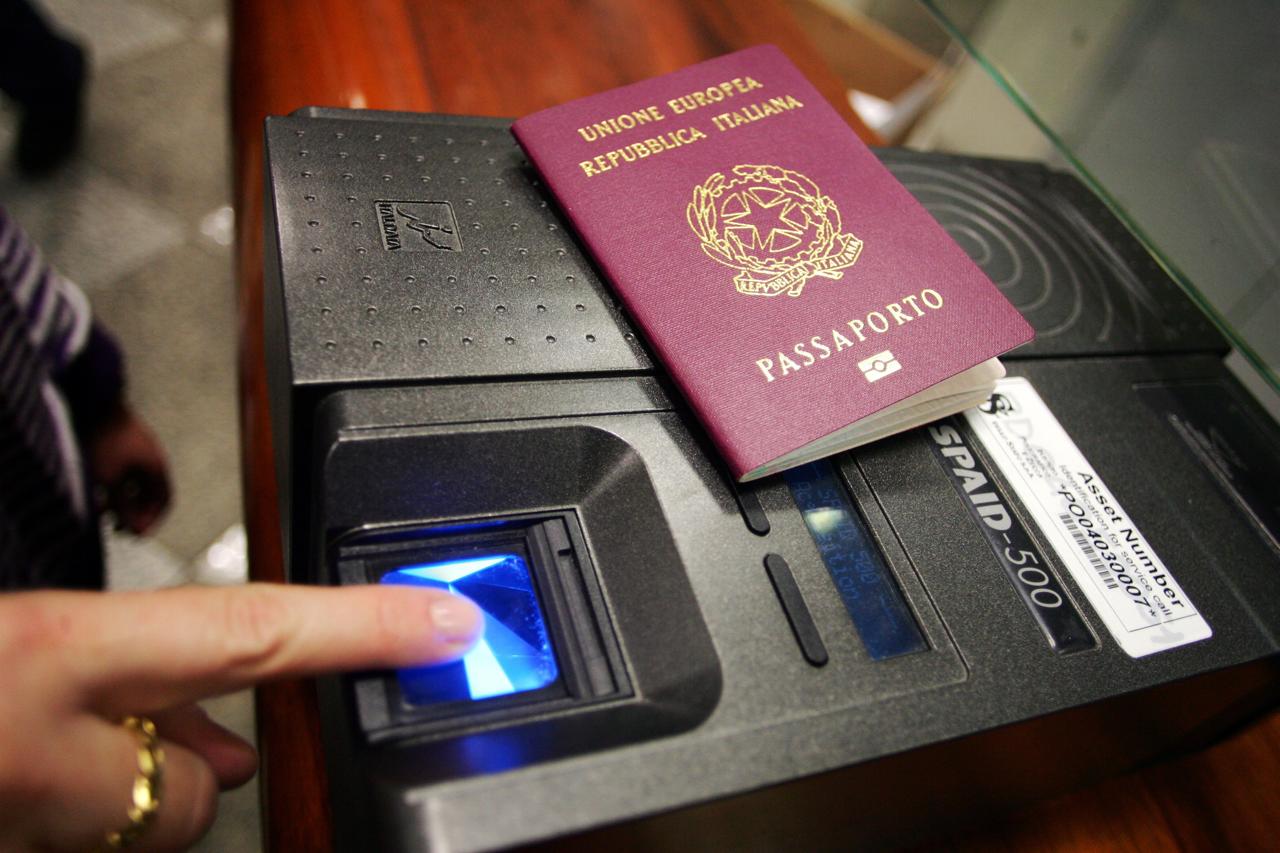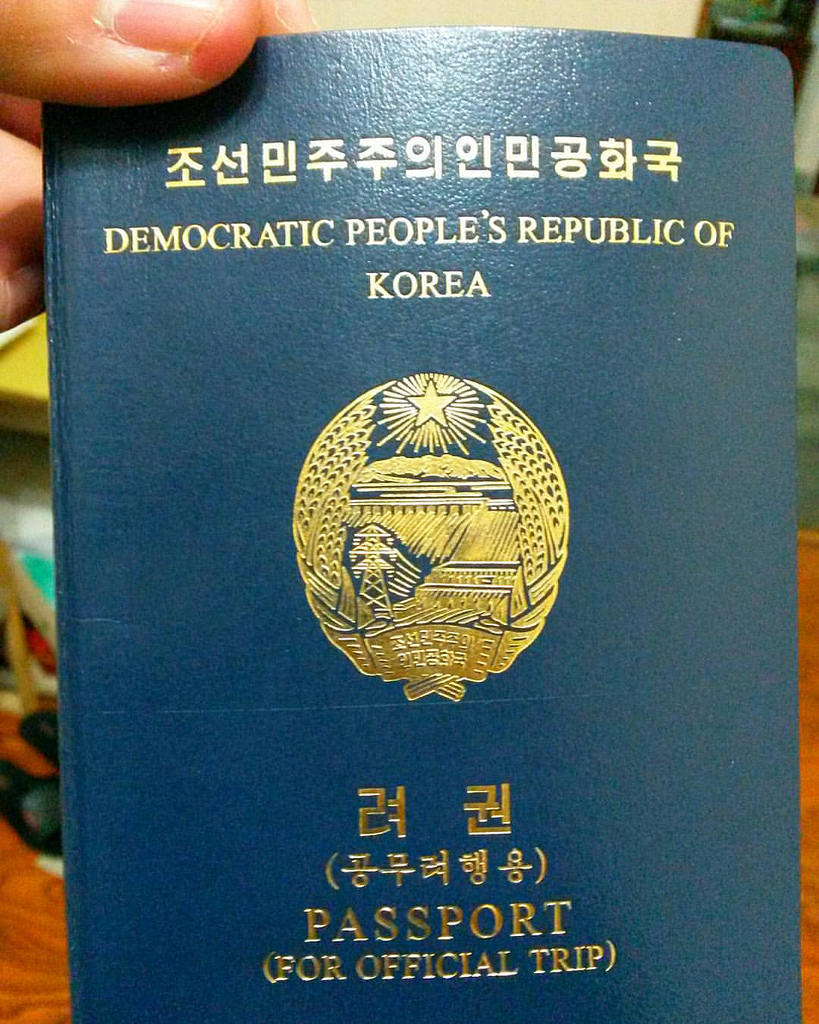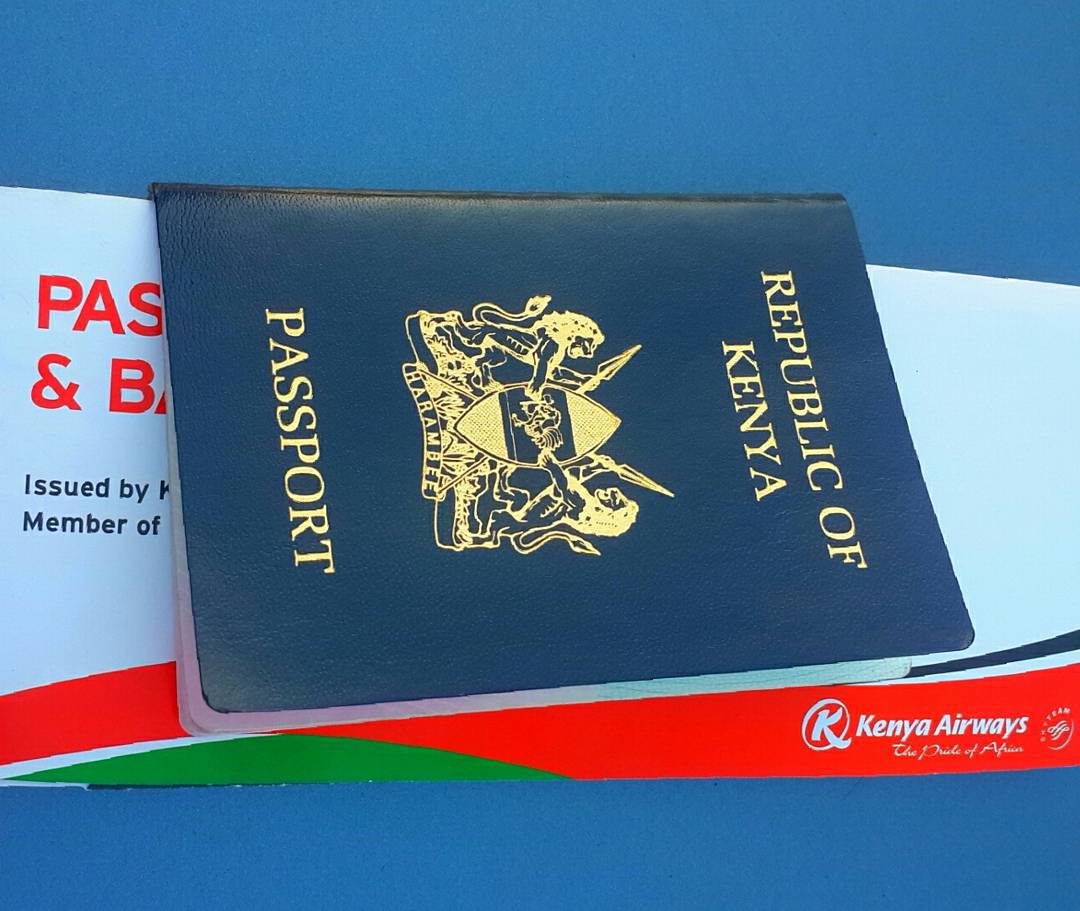Hue is famous for the Perfume River which winds slowly through the middle of the city on it’s way to the sea. The river flows peacefully over 80 Kilometers from Truong Son Mountain past Hue City Center and Bang Lang Fork. It was named over 100 years ago for the scent of orchard blossoms that dropped in the river up stream during the autumnal months.
The areas most attractive temples and local villages are found along the river’s banks. In the city the waterfront becomes most busy during the early evening hours when people come to relax and play in the riverside parks while viewing the spectacular sunsets and the colorfully illuminated Tran Tien Bridge from the rivers edge.
The Tet Offensive
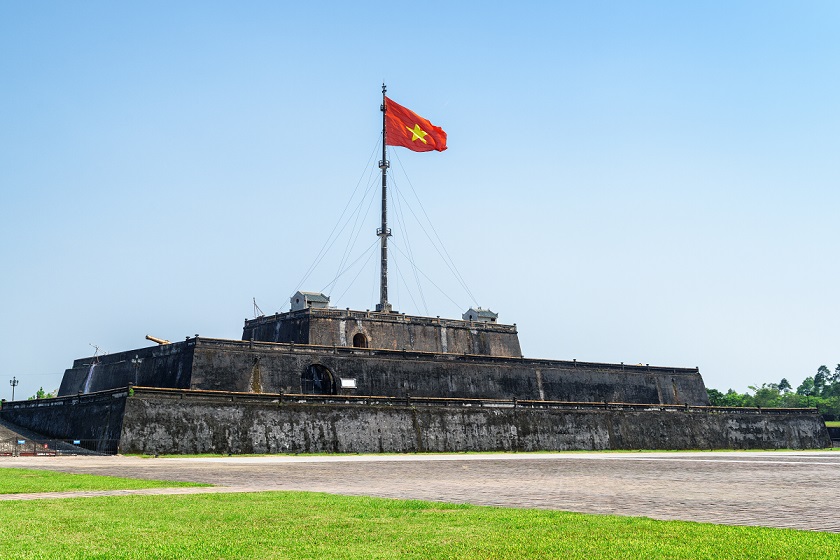
Vietnam flag tower in the Ancient Hue Citadel
Hue is an ancient city well known for its war torn past. Hue City was the scene of the infamous American War battle known as the “Tet Offensive.” Many historians say that the beginning of the end of the American War started with the Tet Lunar holiday on January 30, 1968. This was the day that began the bloody, horrific 26 day battle which was eventually won militarily by the south. However, in the minds of the American public it was the beginning of the end of the war. This war would later become an embarrassing defeat suffered by the American troops, culminating on April 5, 1975 with the fall of Saigon.
The Imperial City of Hue
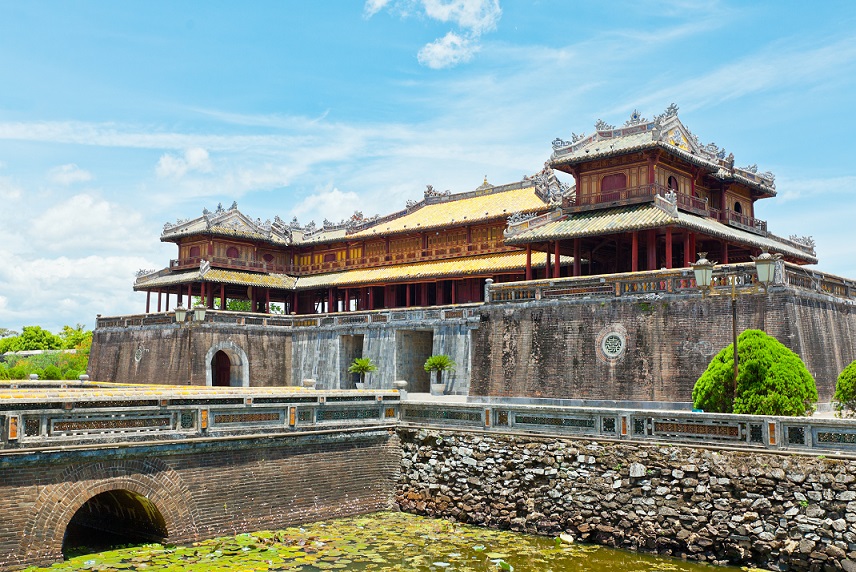
Noon Gate of Hue Citadel on the Northern bank of the Perfume River, Hue city
Inside the city of Hue is the ancient Imperial City also known as the Citadel. A large walled, sprawling complex of hundreds of buildings, tombs and monuments originally founded around 1802 on the northern bank of the Perfume River by Emperor Gia Long. The original moat and wall was an impressive 10 kilometers long. Sadly the French and American wars were responsible for destroying 150 of the original 160 buildings inside the complex. However, the post war restoration of the Imperial City has resulted in this Citadel having now become Hue’s most popular tourist attraction.
The city was the home of the royal families for around 143 years. The Nguyen dynasties lived in the middle of the city in an area known as the Purple Forbidden City. This is where the Emperor and his family and closest associates lived and worked. Unfortunately, this part of the Citadel was completely destroyed during the American War.
The main entrance is the impressive South Gate also called the Meridian Gate. Most tourists begin exploring the complex here.
Thien Mu Pagoda
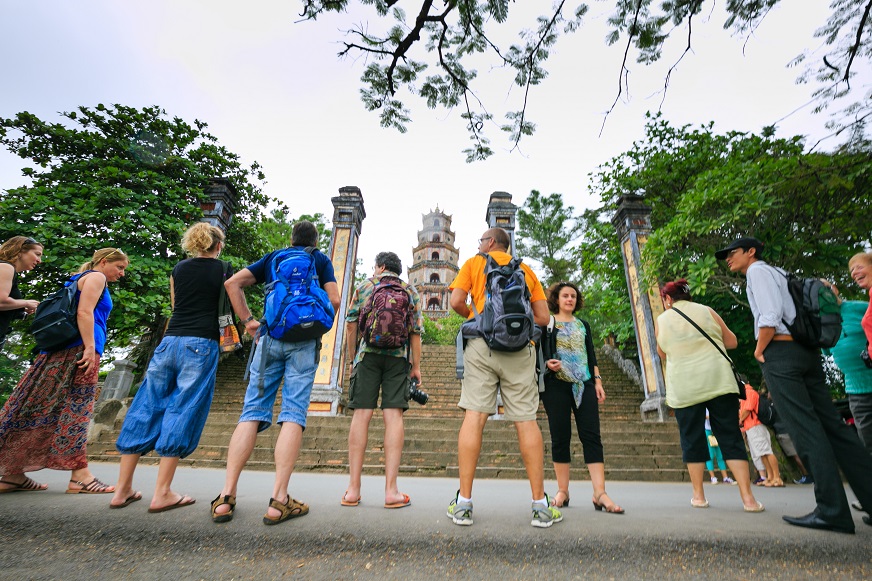
Thien Mu Pagoda in Hue
A stunning 7-tiered tower, this pagoda is the most beautiful pagoda in Hue City. Also known as celestial city, the image of the 7 tiers is actually considered to be the symbol of the City of Hue. Very popular with tourists, visitors often just sit and enjoy this esthetic pagoda and surrounding grounds for hours at a time. First built in the 1600s the current tower was completed in the mid-1800s.
Tu Duc Tomb
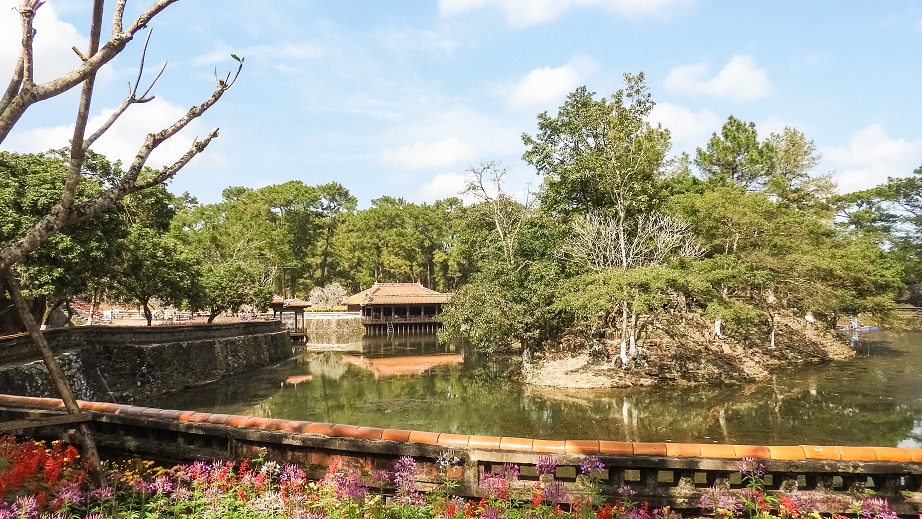
The tomb of King Tu Duc in Hue city
An excellent example of the many tombs found in Hue City it was built around 1865 in commemoration of the fourth Emperor. For many years it served as the summer palace for Emperor Tu Duc.
The tomb is a 15-minute drive outside of Hue Imperial City. An amazing spectacle, the area includes a large lake with over 50 palaces, pavilions, temples and shrines. This enchanting spot offers visitors an excellent place to relax and reflect on the ancient Nguyen Dynasty while enjoying their visit.
Thanh Toan Bridge
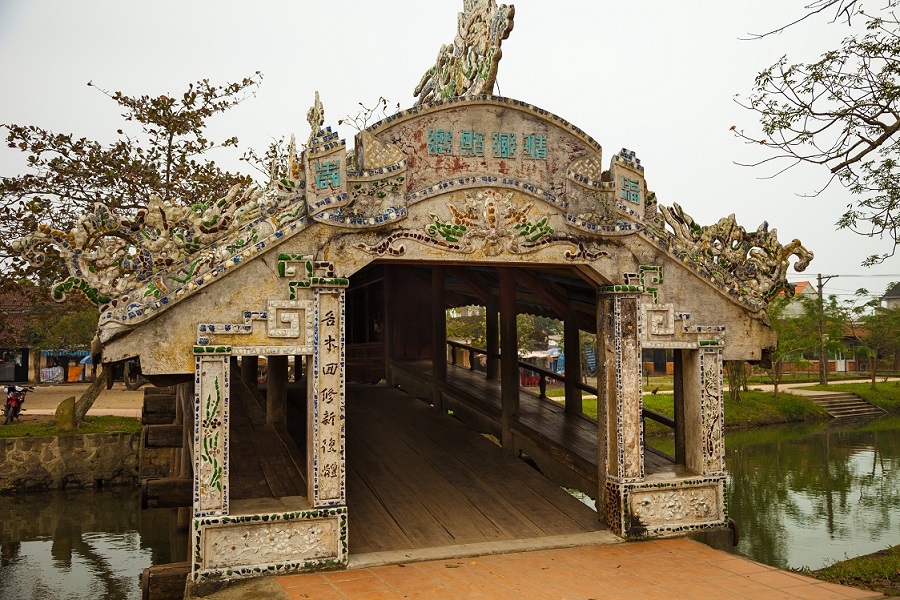
Thanh Toan Tile Roofed Bridge, Hue city
A small but ornate Japanese styled bridge similar to the “Japanese Bridge” found in Hoi An. This much photographed and popular bridge is known for its colorful roof which is covered with beautiful tiles. It is 17 meters long spanning the Nhu Y River just outside of Hue City.
Dinning in Hue city
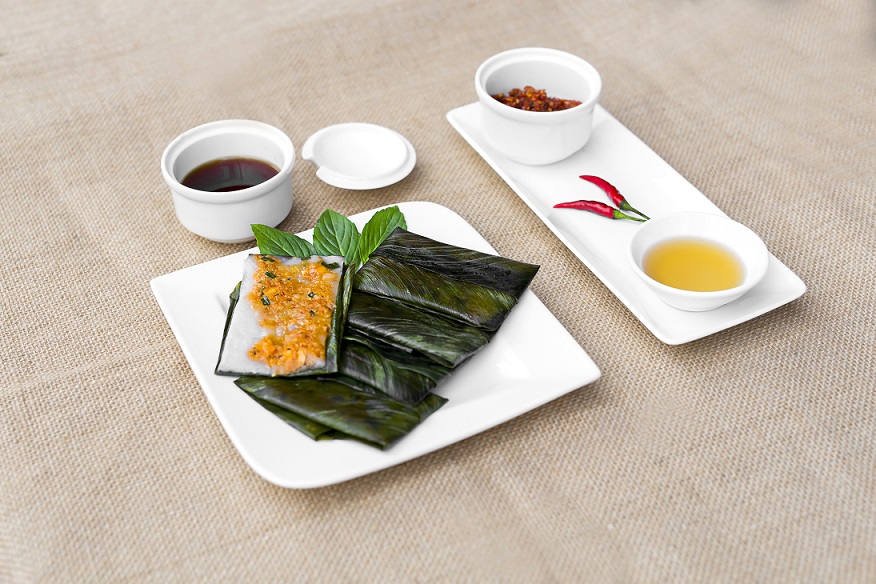
Vietnamese steamed rice pancake with shrimp or banh nam Hue
Restaurants in Hue City are well known throughout Vietnam. This is because of the history and the ancient practices of the Emperors of old. They would have their servants search the country for the finest chefs in Vietnam. When found these chefs would be enticed to move to this Vietnamese capital of Hue City. They were brought here so that they could prepare great meals for the royal families and the Emperors friends who were living in the Purple Forbidden City and who really liked to eat good food.
This ancient relocation practice resulted in the amazing authentic Vietnamese dishes which are prepared in Hue’s restaurants today. Many visitors to Hue actually come here just for the food and entertainment alone.
Places to sleep in Hue City

Find a place to sleep in Hue city of Vietnam
The selection of places to stay in Hue City, like the restaurants, has something good for everyone. From the high-end traveler to the budget minded backpacker and all of us in between, Hue has something good for everybody to enjoy.
A perfect example of a great place in the middle range is The Scarlet Boutique Hotel. A well-located boutique hotel between Dong Ba Market and Trang Tien Bridge it’s a hotel tourist love. This well-appointed hotel has a super ambiance and classy motif seen in both the rooms and common areas alike. Priced around $40 a night including breakfast it’s hard to beat.
The really amazing steal however is the very popular “Hue Four Seasons Hotel”. Cute, clean, comfortable and very friendly this is the place with all the five-star ratings. The price of only $14 for two, includes a.c., wi-fi, satellite t.v. and they also have a great breakfast available at an affordable price as well.
So now you know to include Hue City in your coming trip to Vietnam. Just be sure and schedule a couple of days in this historic and beautiful city on the Perfume River. The historic sight-seeing will only be surpassed by the delicious authentic food.
Now!!! Just go call your favorite travel agent or go online to book your trip of a life time to Vietnam today. And once you’ve done that go log online to Evisa-vietnam.com to quickly arrange your Vietnamese “visa on arrival.” It’s as easy as one-two-three.
And get ready for your greatest holiday ever.

